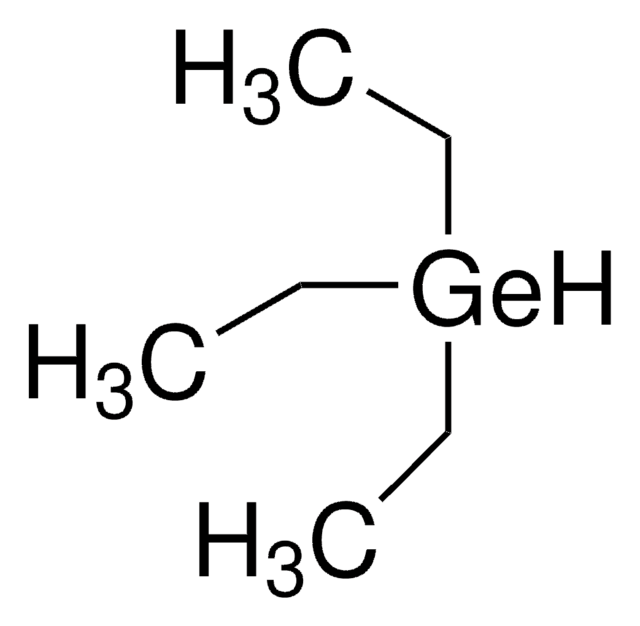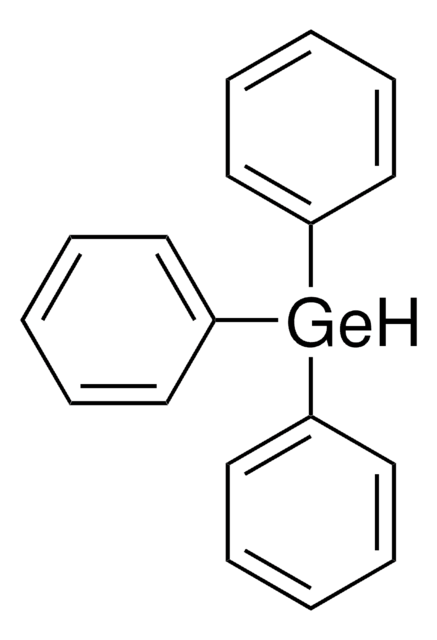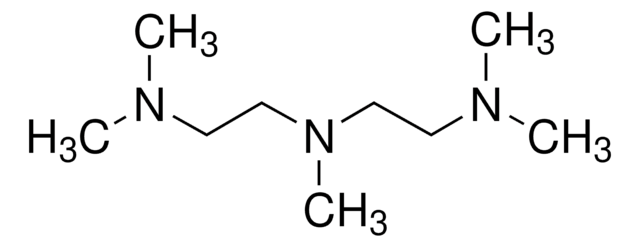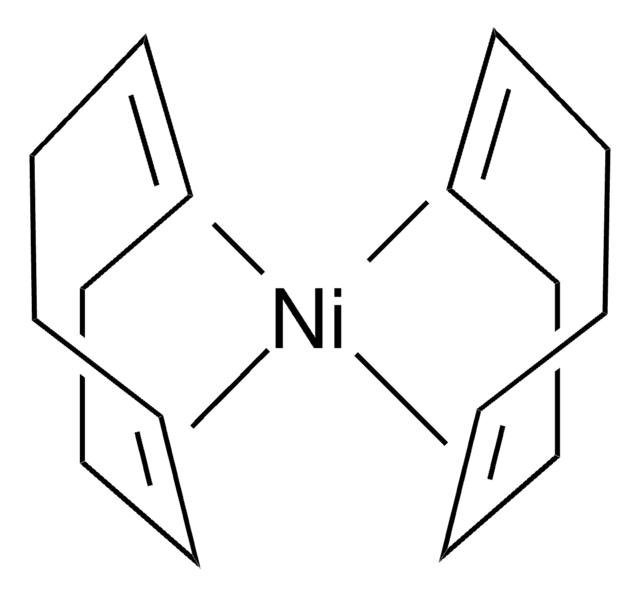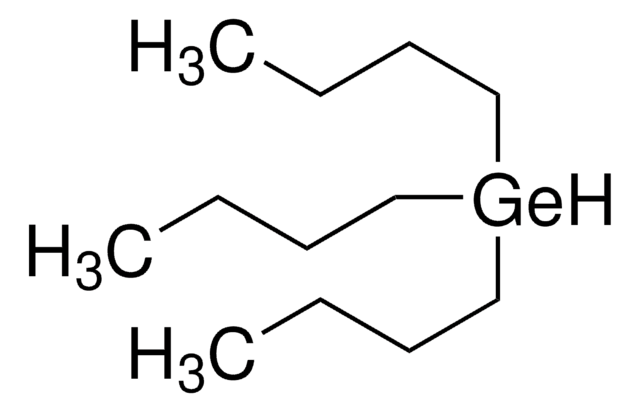434191
Vinyl bromide solution
1.0 M in THF
Synonym(s):
Bromoethylene
Sign Into View Organizational & Contract Pricing
All Photos(1)
About This Item
Linear Formula:
CH2=CHBr
CAS Number:
Molecular Weight:
106.95
Beilstein:
1361370
MDL number:
UNSPSC Code:
12162002
PubChem Substance ID:
NACRES:
NA.23
Recommended Products
vapor pressure
12.46 psi ( 55 °C)
3.6 psi ( 20 °C)
Quality Level
form
liquid
concentration
1.0 M in THF
density
0.927 g/mL at 25 °C
storage temp.
2-8°C
SMILES string
BrC=C
InChI
1S/C2H3Br/c1-2-3/h2H,1H2
InChI key
INLLPKCGLOXCIV-UHFFFAOYSA-N
Looking for similar products? Visit Product Comparison Guide
Related Categories
General description
Vinyl bromide solution belongs to haloalkenes andis highly reactive due to the presence of an unsaturated vinyl group. It can provide flame retardancy to polymers or materials when incorporated into their structure. It is also a versatile building block for polymerization, addition reactions, substitution reactions, and cross-coupling reactions like Suzuki-Miyaura and Negishi reactions. It can be used to introduce radiolabel into molecules for medical imaging.
Application
- Sequential Vinyl Radical Cyclization/Fixation of Carbon Dioxide through Electrochemical Reduction of Vinyl Bromide in the Presence of an Electron-Transfer Mediator: This study explores the electrochemical reduction of vinyl bromide with a focus on vinyl radical cyclization and carbon dioxide fixation (A Katayama, H Senboku, 2016).
- A Comparison of the Wavelength-Dependent Photochemical Reactions of Ozone with Vinyl Bromide and Fluoride in Argon Matrices: The study compares the photochemical reactions of vinyl bromide and fluoride with ozone, examining their behavior in argon matrices (BS Ault, 2021).
Vinyl bromide solution can be used as a precursor for stereoselective synthesis of chiral 2-vinyl-tetrahydronaphthalens via asymmetric reductive coupling. These chiral compounds are valuable building blocks for natural products, agrochemicals, and liquid crystals.
Signal Word
Danger
Hazard Statements
Precautionary Statements
Hazard Classifications
Acute Tox. 4 Oral - Carc. 1B - Eye Irrit. 2 - Flam. Liq. 2 - STOT SE 3
Target Organs
Central nervous system, Respiratory system
Supplementary Hazards
Storage Class Code
3 - Flammable liquids
WGK
WGK 3
Flash Point(F)
1.4 °F - closed cup
Flash Point(C)
-17 °C - closed cup
Personal Protective Equipment
dust mask type N95 (US), Eyeshields, Gloves
Regulatory Information
新产品
Choose from one of the most recent versions:
Already Own This Product?
Find documentation for the products that you have recently purchased in the Document Library.
Nickel/Copper Co-catalyzed Enantioselective Reductive Coupling of Oxabenzonorbornadienes with Vinyl Bromides
Yao Deng, et al.
advanced synthesis and catalysis, 365, 3265-3270 (2023)
James A Marshall et al.
Organic letters, 6(3), 445-448 (2004-01-30)
[reaction: see text] Additions of vinylic zinc bromide reagents to alpha-chiral aldehydes (R(1) = CH(2)OTBS, R(2) = Me; R(1) = Me, R(2) = OTBS) in the presence of lithiated (+)- or (-)-N-methylephedrine proceed with predominant reagent control to afford anti
Qiwu Zhao et al.
The Journal of organic chemistry, 74(1), 459-462 (2008-11-27)
With CuI as the catalyst and K(3)PO(4) x 3 H(2)O as the base, highly efficient intramolecular S-vinylation of thiols with vinyl chlorides or bromides was successfully implemented without the help of an additional ligand. Moreover, the competition experiments revealed that
Bryden A F Le Bailly et al.
Chemical communications (Cambridge, England), 48(10), 1580-1582 (2011-11-02)
An iron-catalysed, hydride-mediated reductive cross-coupling reaction has been developed for the preparation of alkanes. Using a bench-stable iron(II) pre-catalyst, reductive cross-coupling of vinyl iodides, bromides and chlorides with aryl- and alkyl Grignard reagents successfully gave the products of formal sp(3)-sp(3)
Abha Chaudhary et al.
Molecular diversity, 16(2), 357-366 (2012-05-16)
A new series of benzocycloheptene amino vinyl bromide derivatives (9a-9m) were synthesized from isomeric mixture of himachalenes through two-step synthesis. The unusual structure of benzocycloheptene amino vinyl bromide derivative (9a) was confirmed by NMR and X-ray crystallography analyses. The newly
Our team of scientists has experience in all areas of research including Life Science, Material Science, Chemical Synthesis, Chromatography, Analytical and many others.
Contact Technical Service

